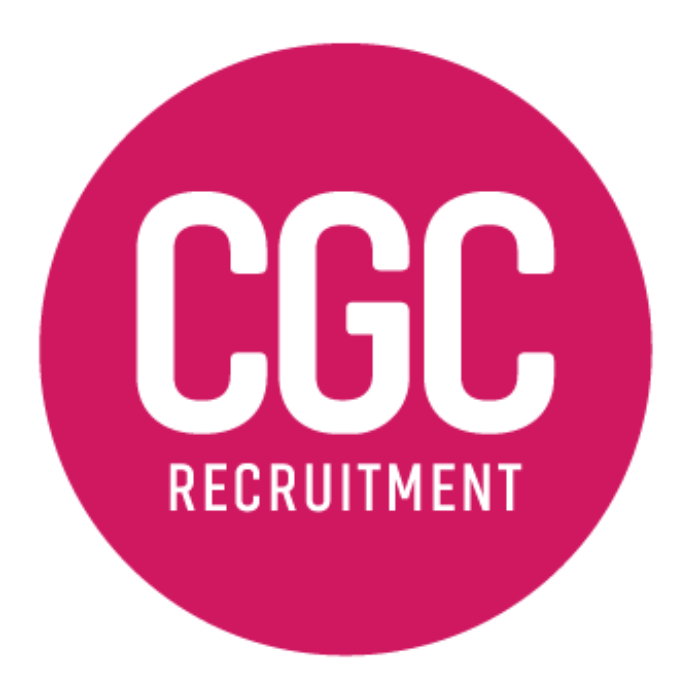Smarter Hiring with Data: Fix Blind Spots and Build Stronger Teams
In construction and engineering, data drives every decision — from scheduling to materials. Yet hiring often relies on gut feel. That’s where hidden assumptions can sneak in. By using data to review who’s applying, who’s getting interviewed, and who’s staying, you can spot trends and fix gaps before they grow.
Hidden Assumptions in Recruitment
Hidden assumptions don’t always come from intent — they come from habit. When project leads or hiring managers rely on “what’s worked before,” it can narrow opportunities without anyone noticing.
For example:
- Favouring candidates from familiar backgrounds or companies.
- Relying too heavily on referrals from similar networks.
- Screening out candidates without traditional degrees despite proven field performance.
These patterns can quietly shrink your hiring pipeline — and that’s where data can help.
Turning Data Into Decisions
Fair hiring doesn’t mean adding more paperwork; it means adding visibility. A simple recruitment dashboard can show what’s working — and where small tweaks create big results.
- Track how many applicants progress to each stage.
- Compare interview rates across different backgrounds and experience levels.
- Measure first-year retention and engagement scores.
- Spot trends early — for example, if your site engineers stay longer when hired through structured assessments.
This isn’t about quotas or checklists — it’s about improving performance through better insight.
How to Build Your Hiring Dashboard
Start small and practical. Combine recruitment data with simple performance metrics:
- Applicant flow per role
- Interview-to-hire ratio
- Average tenure by department
- Training completion and safety record
Over time, you’ll see patterns that help shape smarter hiring decisions — without guesswork.
What You Might Discover
- Some roles attract too few applicants because of overly rigid qualification requirements.
- Your best-performing team members may not have followed the traditional experience path.
- Certain project leads consistently attract stronger teams due to fairer screening habits.
Bridging Skills Gaps Through Broader Reach
By widening outreach and tapping into overseas talent pools, companies can bridge skill gaps and bring fresh expertise to Australian projects — without compromising standards. This approach helps close shortages while building well-rounded, resilient site teams.
Making Fair Hiring Repeatable
Once your system tracks performance and fairness together, you can scale what works. From templates for job ads to automated scorecards, fair systems don’t just help people — they help business efficiency.
Work with CGC Recruitment
We help construction leaders build hiring systems that are transparent, data-backed, and performance-driven.
Visit our website
Frequently Asked Questions
Why use data in hiring?
Data removes guesswork. It shows how hiring decisions perform over time and where improvements can be made to strengthen teams.
What are hidden assumptions in recruitment?
They’re unconscious habits — like preferring familiar candidates — that unintentionally limit your hiring pool.
What should I measure first?
Start with who’s applying, who’s getting interviewed, and who’s staying. These reveal where small process changes can drive better outcomes.
How can data improve team performance?
By highlighting what works — from job ad wording to screening consistency — data-driven hiring helps create more stable, effective site teams.










